Azaleas are a very popular shrub choice in Georgia but I think that our native species are underappreciated and underused. I personally was not aware of the many native options we have until a few years ago when I worked with specifically native plants. I was really surprised by how vibrant and unique they are and what a wide range of bloom times they offer. I am always reminded of how beautiful they are when I start to see them bloom in the spring.
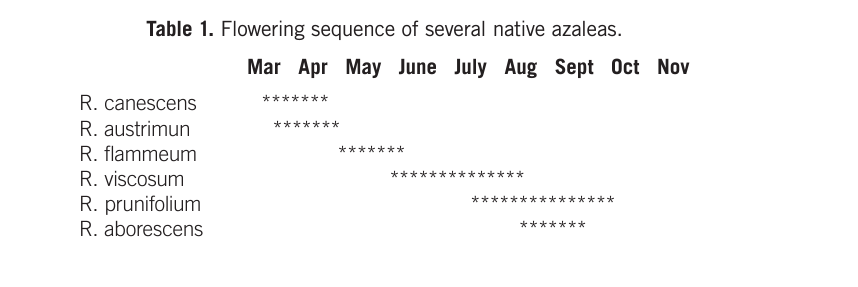
Native azaleas are deciduous, meaning they drop their leaves for the winter. This is different from the evergreen species, most of which came from Japan. Azaleas come in many different flower types but the native species are typically tubular with long stamens protruding out from the flower. They come in many different colors, from light yellow to deep red. These azaleas grow tall, rather than having a short dense habit like the more commonly used evergreen types. They have a more spindly, natural form that does not require pruning into a round shape like other azaleas. Pruning is typically only done to remove awkward lanky growth or vigorous suckers that disrupt the overall shape of the plant. If you do need to prune, do it after flowering in spring. The UGA Extension publication, “Selecting and Growing Azaleas,” advises, “Spring–flowering azaleas form their blossom buds for the next year during the summer, so avoid pruning them after July 1.”
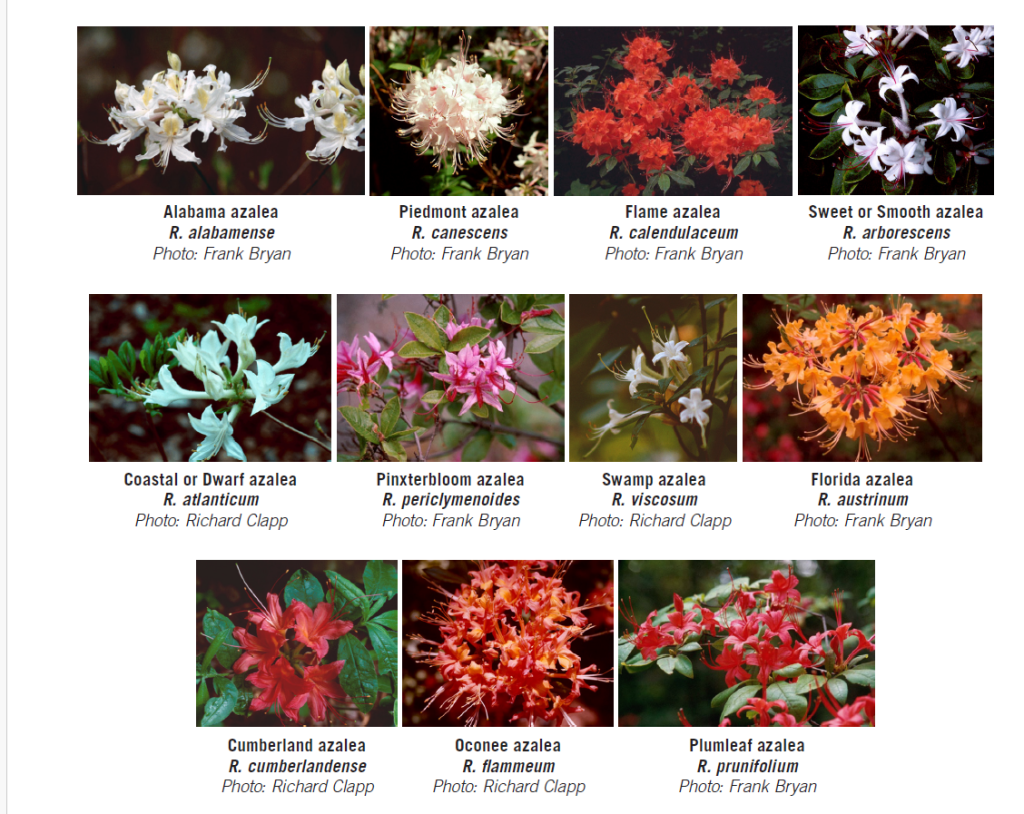
While the native azaleas are more forgiving and adaptable than the imported cultivars, there are still many factors to consider when choosing a planting site. Part shade is needed for our azaleas, they do not like the heat of full sun but still require sunlight to form flowers. Morning sun with afternoon shade is ideal, but filtered or dappled sunlight will suffice. Well-draining, high organic matter soil is needed. They do not like to sit in water, however they have a shallow root system that will suffer in drought conditions.
Azaleas like an acidic soil, in the pH range of 4.5 to 6.0. There are different ways of achieving this but one thing you should not use is aluminum sulfate; it has been shown to be toxic to azalea roots. I recommend testing your soil through your local UGA Extension office to find out your soil pH before planting. This soil test will also give you fertilizer recommendations specific to azaleas if selected for. Azaleas are easily damaged by excess fertilizer application and can result in foliar burn, leaf drop, and even death of the entire plant. If you do not fertilize based on a soil test, use an azalea-specific fertilizer and follow the directions and application rates on the label.
Avoid stressors when choosing a site for your native azalea plantings; depressions where water can gather, areas where heat is radiated off of nearby sidewalks and driveways, and under trees where azaleas will have to compete for water and nutrients.
Fall is the best time to plant azaleas, like all shrubs, but they can be successfully planted throughout the year as long as they are planted correctly, in the right site, and receive enough water during the establishment phase.
I hope that you come across some native azalea species and get to appreciate their beauty and consider planting some yourself. There are lots of native plant sales in the Atlanta area in both the spring and fall that will likely have them available. Local native nurseries may have them throughout the year too!
Check out the UGA Extension publication, “Selecting and Growing Azaleas” for more information. https://extension.uga.edu/publications/detail.html?number=B670&title=selecting-and-growing-azaleas
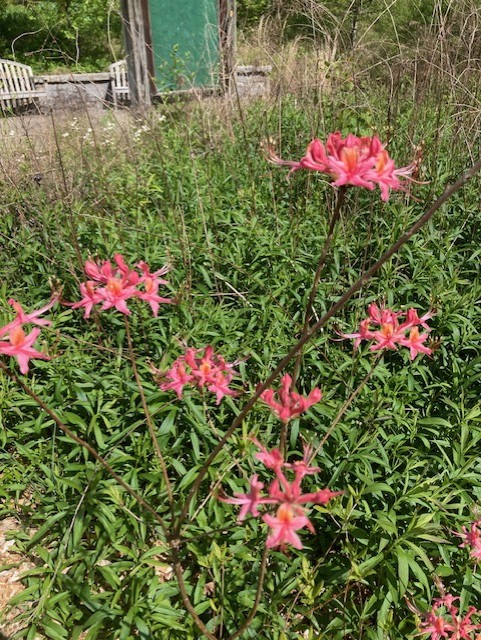
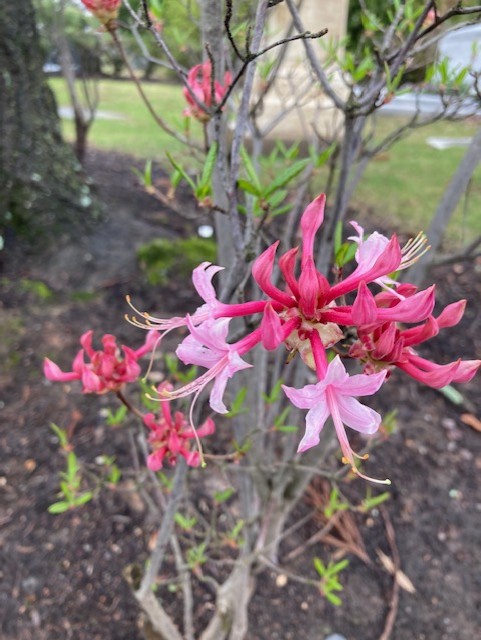
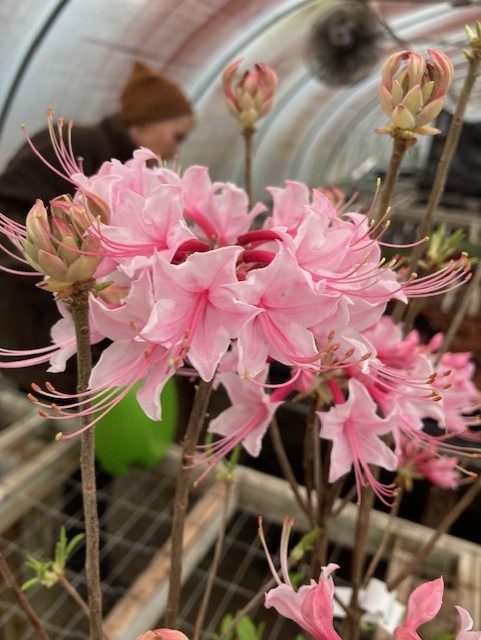
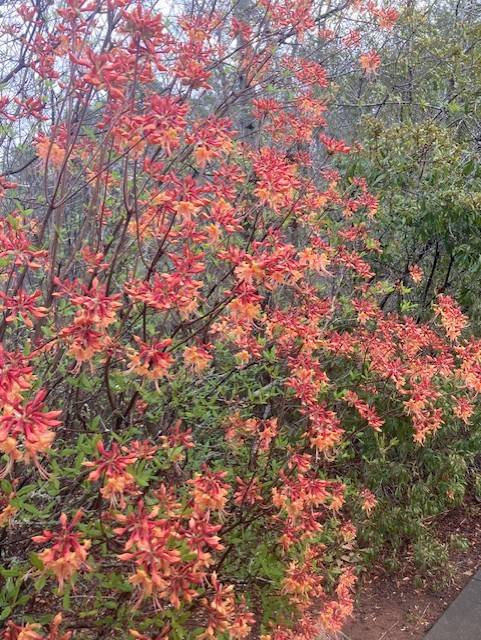
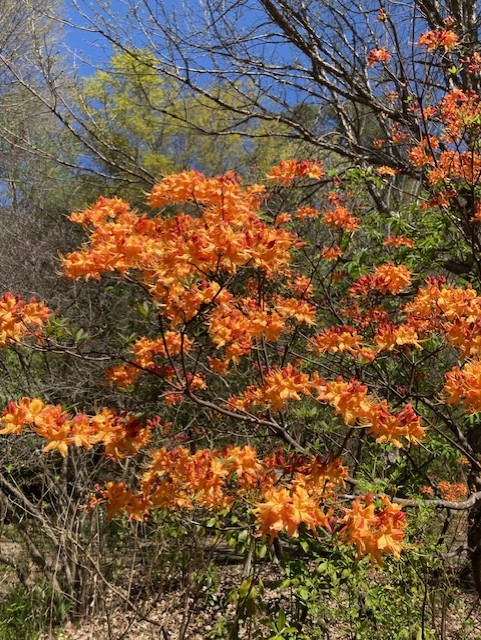
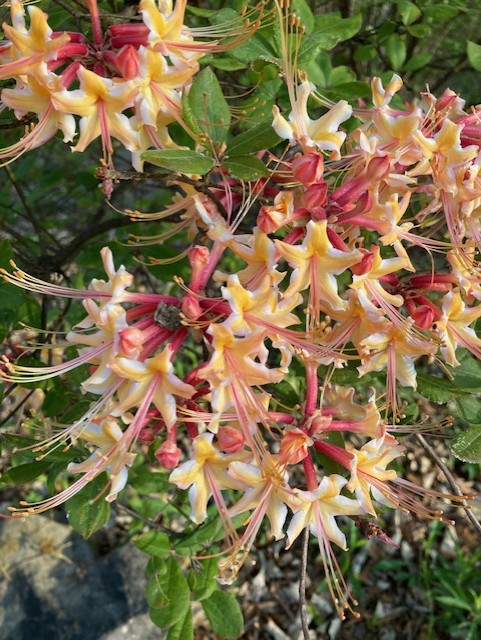
These are some photos of native azaleas I’ve seen and love!
Leave a Reply